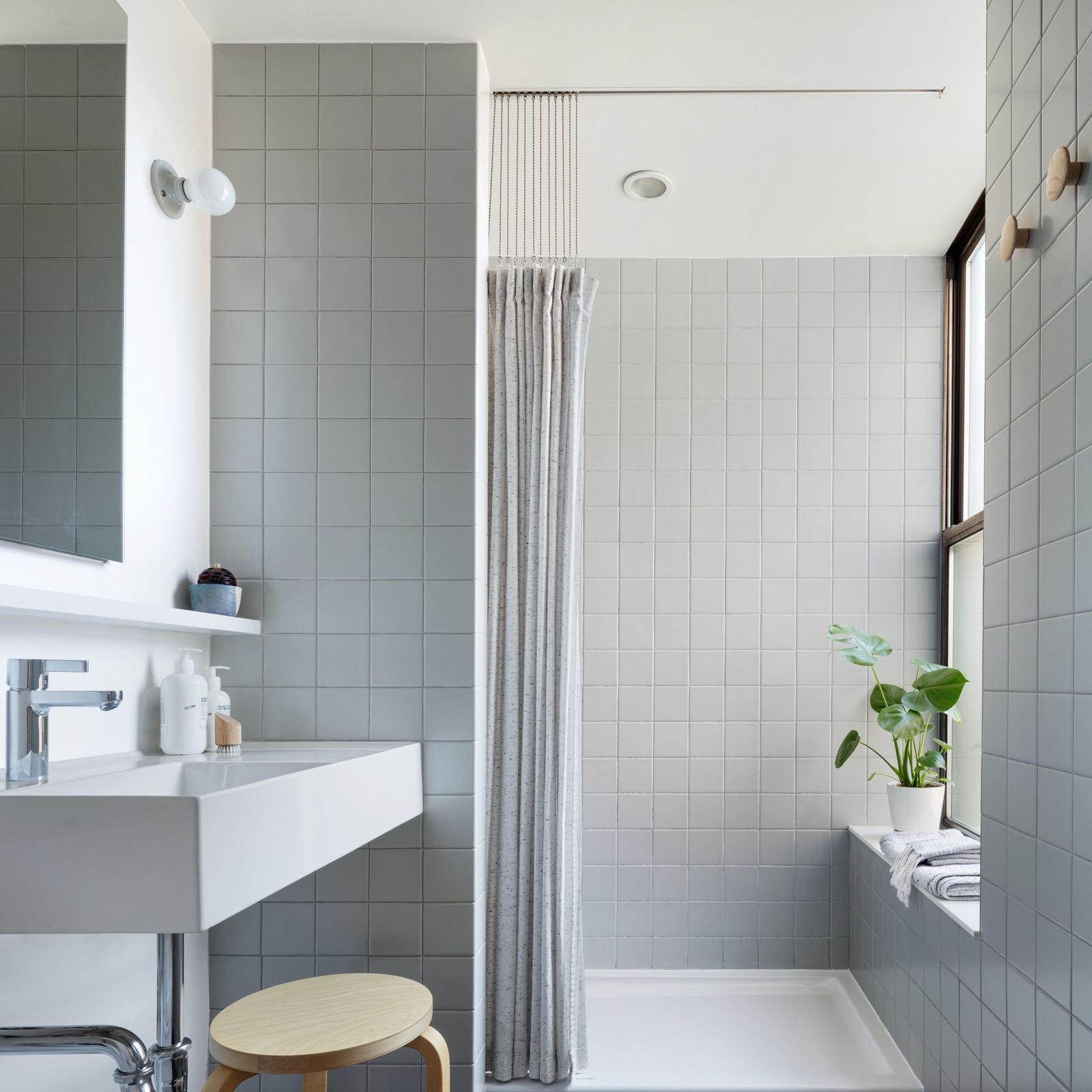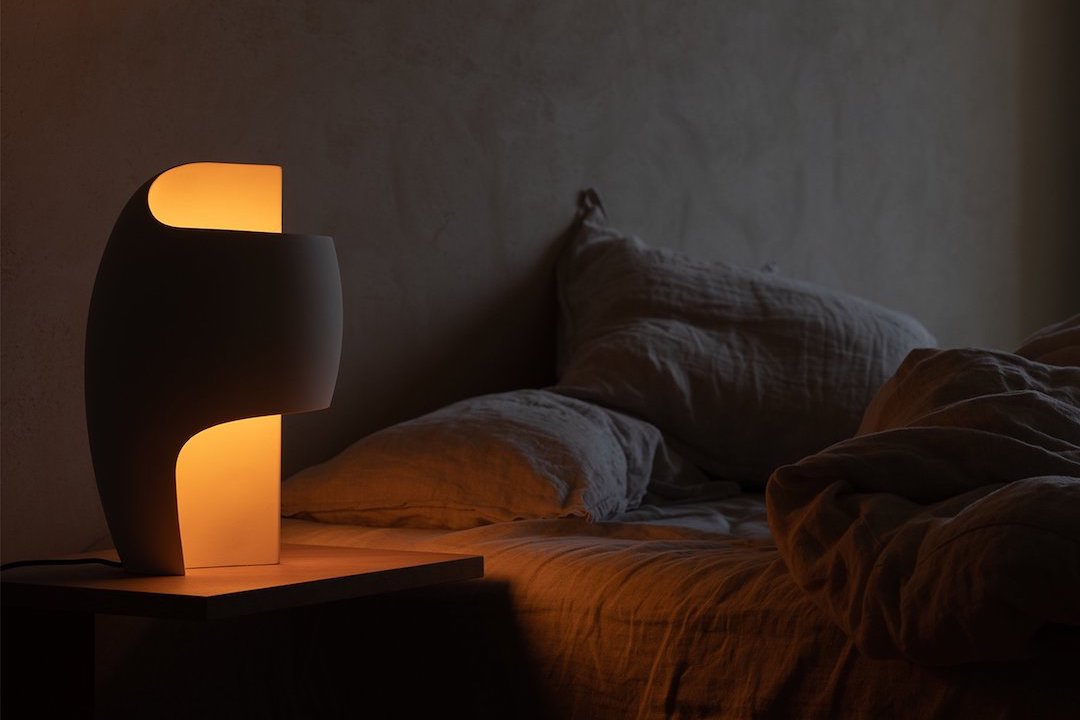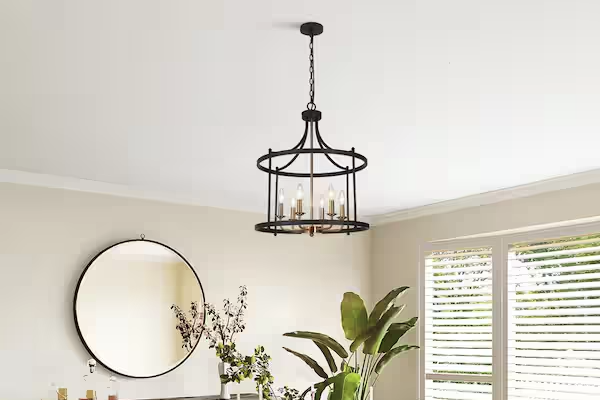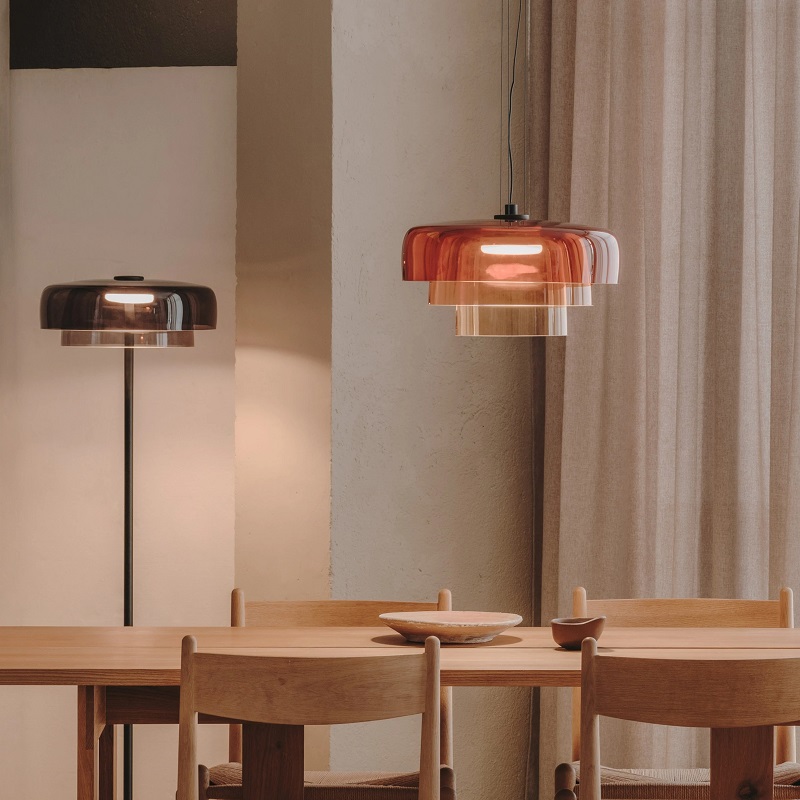The Roots of Scandinavian Design
Scandinavian design has become synonymous with minimalist, functional design that is both elegant and timeless. However, the roots of this design style can be traced back to the early 20th century, when a group of designers emerged in Denmark, Norway, Sweden, and Finland who wanted to create a new aesthetic that reflected the cultural values and aesthetic sensibilities of the region.
The Characteristics of Scandinavian Design
The key characteristics of Scandinavian design are simplicity, functionality, and minimalism. This design style emphasizes clean lines, natural materials, and a focus on functionality over form. Scandinavian designers often use light colors, such as white or pale blue, and incorporate organic shapes and textures, such as wood or leather, to create a sense of warmth and coziness.
Scandinavian Design Patterns
One of the most distinctive features of Scandinavian design is the use of patterns. Scandinavian designers often draw inspiration from nature, incorporating elements such as plants, animals, and geometric shapes into their designs. These patterns can be seen on a wide range of products, from textiles and wallpaper to ceramics and furniture.
The Role of Patterns in Scandinavian Design
Patterns are an important element of Scandinavian design because they add interest and depth to an otherwise minimalist aesthetic. By incorporating patterns into their designs, Scandinavian designers are able to create a sense of playfulness and warmth that might otherwise be missing from their work.
Examples of Scandinavian Design Patterns
Some of the most iconic Scandinavian design patterns include Marimekko’s Unikko pattern, which features large, bold poppy flowers on a white background, and Josef Frank’s Elephant pattern, which uses whimsical elephants to create a playful and lighthearted mood. Other Scandinavian design patterns include stripes, chevron, and geometric shapes.
The Influence of Scandinavian Design Patterns Today
Today, Scandinavian design continues to be influential across a wide range of industries. From fashion to interior design to technology, the principles of simplicity and functionality that are at the heart of Scandinavian design are highly sought after. Scandinavian design patterns, in particular, have become a popular way to add a touch of Nordic whimsy and charm to a wide variety of products.
Incorporating Scandinavian Design Patterns into Your Own Work
Whether you are a designer or just looking to add a touch of Nordic charm to your own work, there are many ways to incorporate Scandinavian design patterns into your designs. Whether you choose to incorporate bold floral patterns, playful animal motifs, or simple geometric shapes, the key is to find a pattern that speaks to you and your aesthetic.




